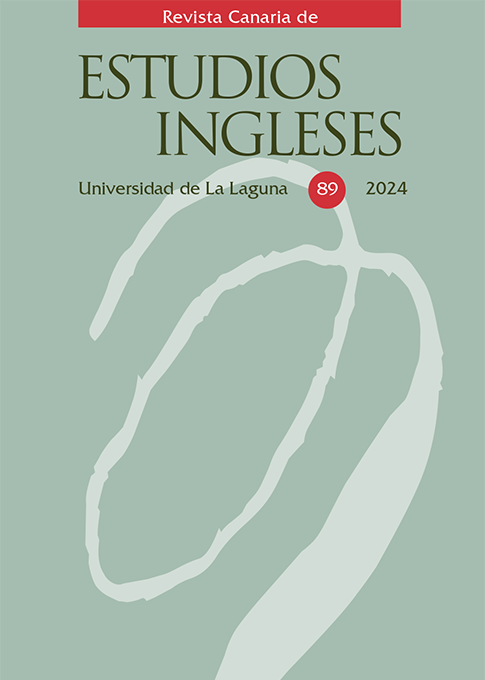De Ibsen a Ray: adaptación transcultural y autoría fílmica en Ganashatru (un enemigo del pueblo, 1989)
Resumen
La película Ganashatru (Un enemigo del pueblo 1989) de Satyajit Ray es la primera parte de la trilogía final, siendo las dos partes posteriores Shakha Prashaka (Ramas del árbol 1990) y Agantuk (El desconocido 1991). Los últimos tres filmes de Ray son destacables por su fuerte uso del lenguaje contra el estado prevalente de corrupción y decadencia en la sociedad. Ganashatru muestra cómo el Dr. Ashoke Gupta, un médico en Chandipur, una ciudad imaginaria en Bengala Occidental, lucha contra los corruptos funcionarios de la ciudad para descontaminar el agua sagrada del templo, que está propagando la ictericia y otras enfermedades transmitidas por el agua. Enriqueciendo el corpus de adaptaciones cinematográficas de Ray, Ganashatru es una adaptación de la obra de Henrik Ibsen, Un enemigo del pueblo (1882). Dado que el texto fuente es adaptado de otra cultura, el artículo identifica a Ganashatru como una «adaptación transcultural», tomando prestado el término de Linda Hutcheon. A continuación, se presenta un análisis teórico de su autoría fílmica, donde se exploran los tres aspectos más importantes de la autoría cinematográfica de Ray: su inclinación a adaptar textos clásicos, la selección de un conjunto familiar de actores y el establecimiento de la resistencia de su protagonista a la corrupción.

Esta obra está bajo licencia internacional Creative Commons Reconocimiento-NoComercial-CompartirIgual 4.0.



